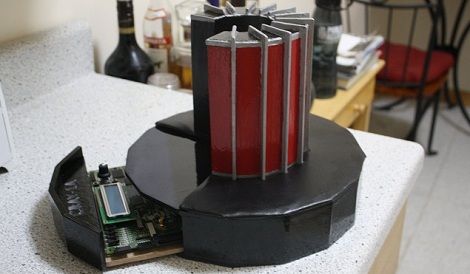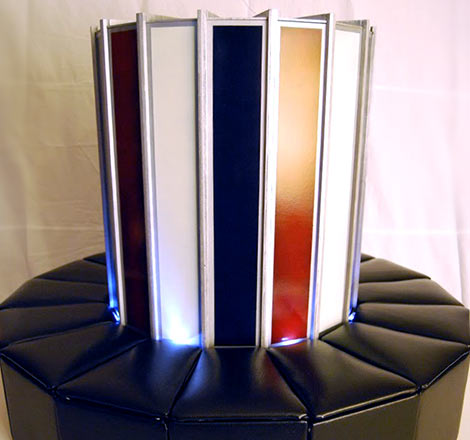It wasn’t that long ago when hard drives that boasted a terabyte of capacity were novel. But impressive though the tera- prefix is, beyond that is peta and even further is exa — as in petabyte and exabyte. A common i7 CPU currently clocks in at about 60 gigaflops (floating point operations per second). Respectable, but today’s supercomputers routinely turn in sustained rates in the petaflop range, with some even faster. The Department of Energy announced they were turning to Cray to provide three exascale computers — that is, computers that can reach an exaflop or more. The latest of these, El Capitan, is slated to reach 1.5 exaFLOPS and will reside at Lawrence Livermore National Laboratories.
The $600 million price tag for El Capitan seems pretty reasonable for a supercomputer. After all, a Cray I could only do 160 megaflops and cost nearly $8 million in 1977, or about $33 million in today’s money. So about 20 times the cost gets them over 9,000 times the compute power.
















